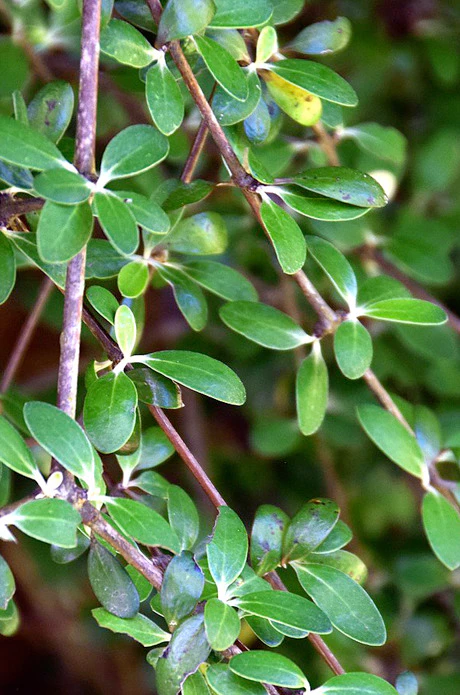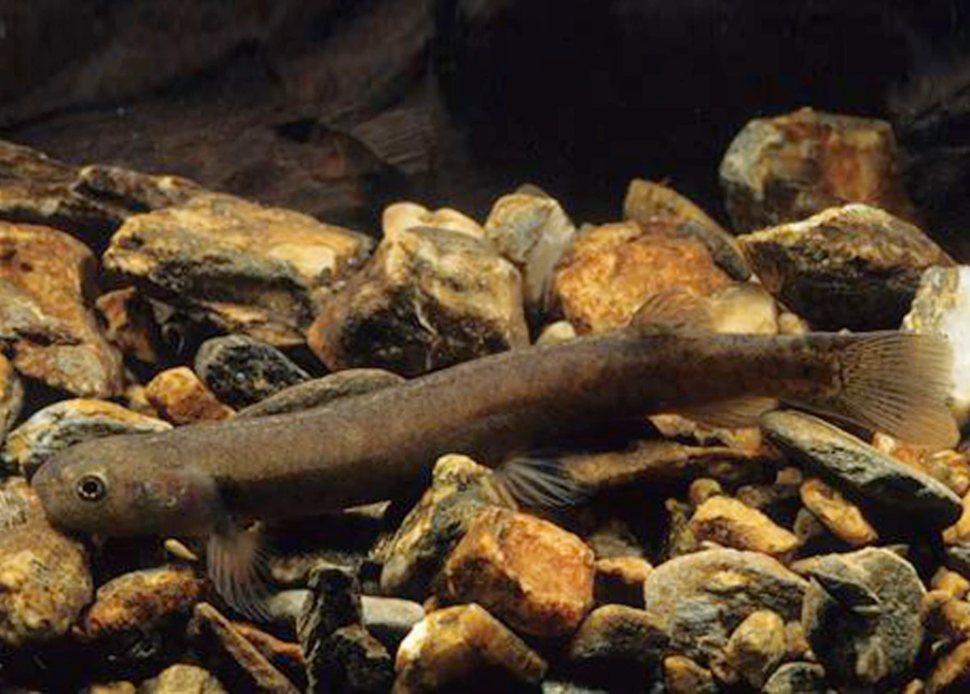Lake Hawea Station a Carbon Clear High Country Station
- ZQ Natural Fibre

- Jan 11, 2022
- 4 min read
Across the sparkling blue waters of Lake Hawea sits Lake Hawea Station (LHS), a carbon clear Merino sheep and beef station. It is the first farm in New Zealand to be certified Carbon Positive, working with our partners Toitū Envirocare.
The Ross family who own the station are passionate about regenerative agriculture and environmental activism. Their approach to farming has made them industry leaders and paved a way for a new environmentally focused era in agriculture.

Geoff Ross grew up on a Dairy and Deer farm south of Auckland and later attended Lincoln University where he graduated with a Bachelor of Commerce and Agriculture. Since then, he and wife Justine have been successful careers as entrepreneurs and brand builders. He is also a founding trustee of Pure Advantage and a trustee of Endangered Species Foundation and Hunters for Conservation.
Justine was also born into a farming family, her mother raised on a dairy farm and her father on an orchard. She is a trained Speech Language Therapist whose career pivoted into advertising and then documentary production after she graduated with distinction from the London School of Journalism. She is the bestselling author of ‘Every Bastard Says No’ the 42 Below story and along with her work around brand, tourism and animal welfare on the station she is writing her second book. About 4 years ago the family decided to put their life long fight for the environment into practice with boots on the ground when they purchased station and relocated to the South.
The couple with their two sons went from city life to farming activists and shifted from consumer goods to a high-country station. They gained a unique perspective, called ‘Fresh Eyes’ by the NZ media. Their approach to running the station was immediately informed by their desire to prove that farming can be part of the climate solution but first they had to learn about farming Sheep and Beef.
They quickly started looking at regenerative agriculture and by their third year had 180 hectares in biodiversity rich healthy multi species pasture. They fenced seven kilometres of lake front, planted 16000 trees and became the first farm in NZ to be certified not just carbon positive but 2.5 times carbon positive. Proving that farming can have a positive impact on the climate crisis.
Coming from a consumer approach they wanted to be able connect their fibre story with end consumers. They are now successfully doing this with a number of NZ Merino clients supplying them with updates and details of the Lake Hawea brand. They have created a unique value proposition for their Carbon Clear merino wool.

The move to carbon clear was fueled by their son Finn. Finn is a Deakin University PhD candidate, along with a University of Canterbury Honours Alumni and a Provost Scholarship recipient to the University of California Davis where he studied Wildlife, Fish and Conservation Biology. His passion and knowledge have helped fuel the station on their carbon clean journey. His PHD will be in the Carbon Sequestration Properties of Seaweed. The family are working with Agrisea and using seaweed based products for animal health. The youngest son Gabriel is at University in Otago.
Lake Hawea Station is highly focused on species habitat restoration and have embarked on fencing, pest control and consulted experts. When you read what they are responsible for you will understand why.

Lake Hawea Station is home to over 250 identifiable species, including four that are classified as rare or endangered (Tree Daisy, Clutha Flathead Glaxid, Native Falcon, Grand and Otago Skinks). They are actively involved in monitoring these species and have partnered with DoC, Forest and Bird, and the Wildland Study program to help with conservation.

Tree Daisy – Oleria Fimbriata Lake Hawea Station is believed to be one of the few private stations where this tree still exists. The tree can grow up the 8m tall and has small clusters of white and yellow flowers that bloom during January and February.

Clutha Flathead Glaxid This is a small native fresh water fish and is the second most endangered fish in New Zealand. Lake Hawea Station is lucky enough to have stable population in the upper reaches of some of their water ways. They are working to protect these habitats and ensure the trout says away.

Native Falcon – Karearea The Native New Zealand Falcon can reach speeds of over 100kmhr and can catch prey twice its size. There is estimated to be only around 5000 breeding pairs left in NZ and on Lake Hawea Station multiple pairs have been spotting.
Grand and Otago Skinks

These lizards can grow up to 30xm long and are classified as critically endangered with only 8% of their original habitat existing. They are working on their monitoring on the station with DoC as there are only 33 left in the wild.
Over the recent months they have seen a return of Tui’s to the property. This is especially significant to the LHS family with their incredible Tui sculpture by Paul Dibble being a centre piece for the property and a symbol to all who pass it that we can make a difference by bringing nature into the heart of everything we do.
We are proud to be on the ZQRX journey with Lake Hawea Station. Their commitment to giving more than they take and regenerative agriculture is helping create a more positive future for the planet.
For more information about what the Ross Family and their team are doing visit www.lakehaweastation.com or @lakehaweastationliving






